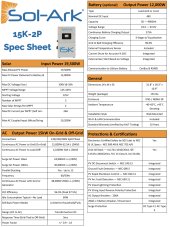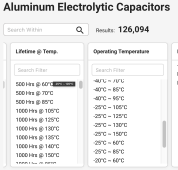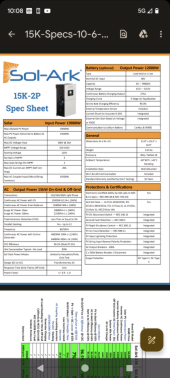Hey everyone,
Maybe my inverter is old, I know I am. The temperature rating was important to me as my unit is mounted outside in Alaska. That being said it is mounted along the wall to my mechanical room. We could not put the unit in the mechanical room due to copper and water. I have radiant heat with pex and copper all over the place but tons of copper lines in the mechanical room running to manifolds on each floor.
My install is complete just awaiting a grid tie and activation. My concerns are the temperature here in Alaska. I literally chose this inverter due to the low temperature rating. Also snow, well I mean snow covering the unit. The unit is low to the ground. I did not install it. That all being said the exterior wall it is mounted on is pretty warm. The radiant heat usually results in a 2 foot outward area around my home remaining green year round and without snow. Likely the Sol-Arc will remain above -20C but I fear losing it my first winter. I am at least 1000 ft above sea level. -On the coldest night maybe -30 C. Probably have 4 or 5 nights like that a year. The Sol Ark faces East so it will get a little morning sun, what little sun we have in the winter here. I will enclose a picture of the set up.
Does the Sol-Arc 15k put out much heat? I have not turned my on yet as I am awaiting grid tie approval.
Thanks everyone for the insights.






